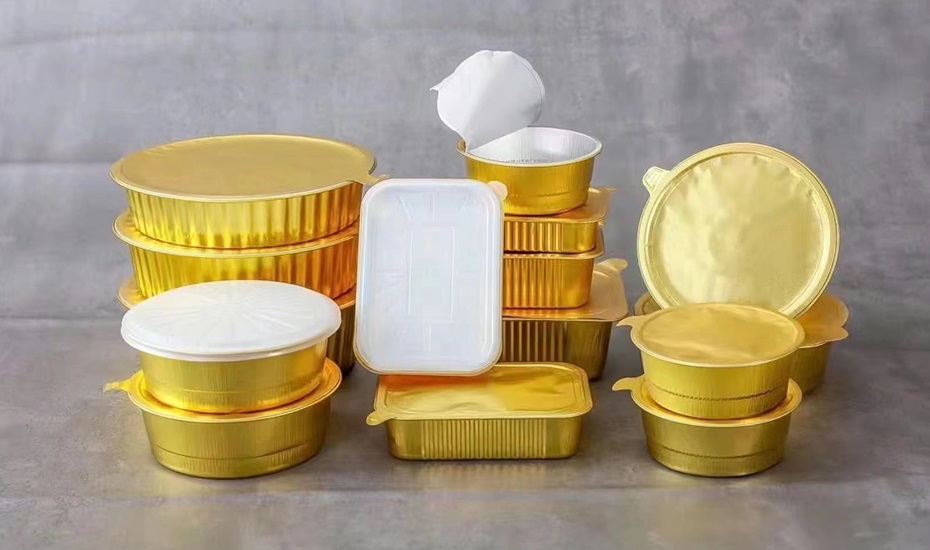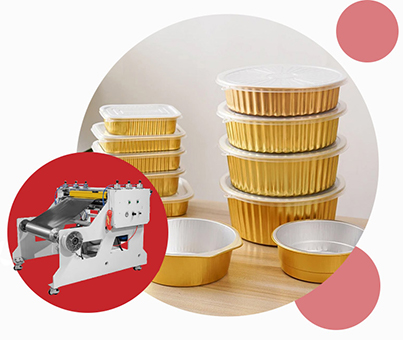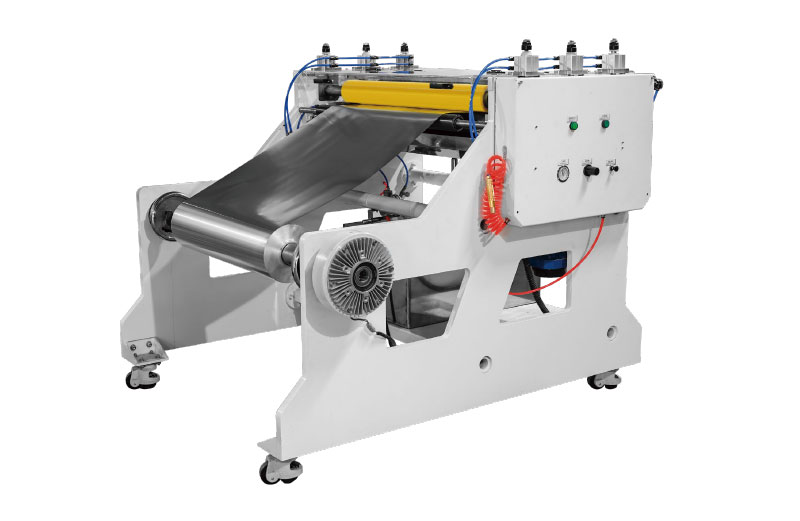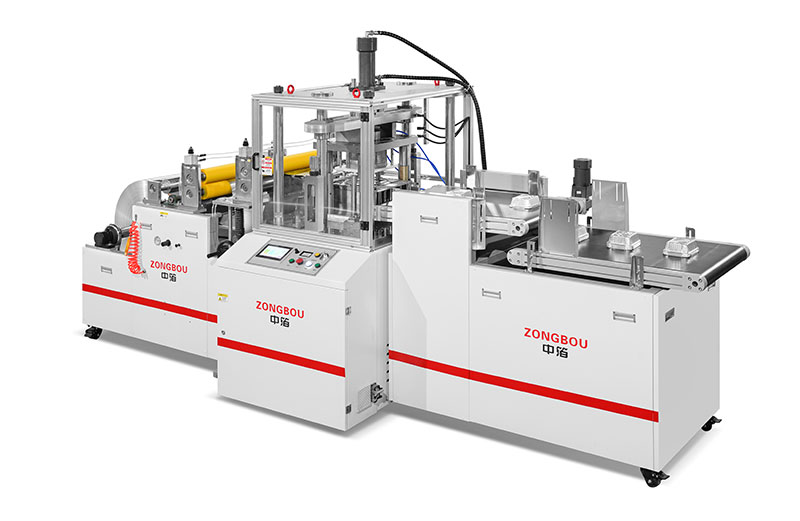From Plastic Reduction to Replacement of Plastic and Aluminum Packaging Encounters New Opportunities
The Ministry of Industry and Information Technology, the National Development and Reform Commission and other seven departments jointly issued the “non-ferrous metal industry steady growth work program” put forward, the non-ferrous metal industry involves a variety of varieties, wide range of applications, strategic value is prominent, is the development of strategic emerging industries and the national defense science and technology industry is an important support, is to maintain the national resource security and industrial security is an important area. The expression “accelerate the promotion of food with aluminum foil packaging products” appeared for the first time in the national ministries and commissions documents, and seven ministries and commissions jointly issued a document, highlighting the government level of aluminum packaging, especially for food with aluminum foil packaging products of concern, recognition and support, is listed as the expansion of non-ferrous metal consumption, to guide the product consumption upgrading of the key products. At present, expanding the application of aluminum foil packaging products for food is facing many new opportunities and new markets.
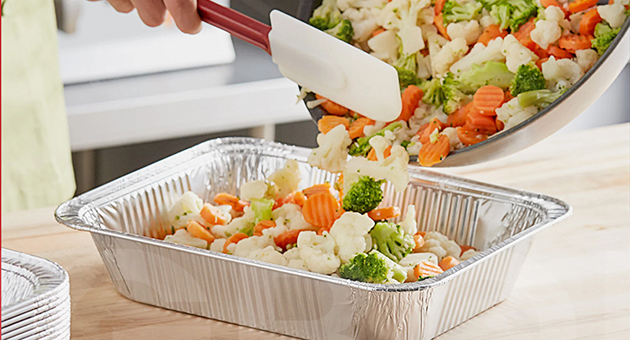
Aluminum foil packaging replaces plastic tableware
Aluminum foil meal boxes and containers are the best alternative to plastic tableware in the catering and take-away market, especially the best meal preparation and packaging solutions for collective dining units, large-scale activities and emergency protection situations. In the aluminum foil lunch box solution, the food can be completely sealed to ensure that the food is not contaminated by bacteria and viruses during transportation and distribution; the food will not be spilled, keeping the site clean. Aluminum foil has excellent barrier properties, which can effectively prevent food from deteriorating at high temperatures. Especially in the area space where a large number of people gather, such as schools and hospitals, it can ensure food safety and public health. Sealed meal boxes can be mixed, set, or individually packaged in varieties, and can also provide diversified matches and choices for the eaters according to the conditions.
At large-scale events and centralized dining venues, meal preparation rooms can be set up on site for refrigeration and heating to serve meals at any time. Consumers can also use a variety of ways to heat their food. After meals, aluminum foil lunch boxes can be compressed on-site for storage and transportation, greatly reducing the amount of waste and increasing disposal capacity. The current community waste separation and recycling system, which is constantly being improved and refined, helps to increase the separation and recycling of aluminum foil lunch boxes and containers, which can be entered into the municipal waste recycling system until the complete recycling of aluminum materials is achieved. When waste is incinerated, aluminum foil lunch boxes and containers are burned without producing harmful gases.
Recent scientific studies have also shown that coronaviruses survive for the shortest time (2-8 hours) on the surface of aluminum compared to materials such as plastic, steel, paper, glass and wood. This suggests that aluminum foil packaging may be the best packaging material for cold chain storage and transportation of fresh, food and pharmaceutical equipment.
Considering packaging sustainability
The traditional application area for aseptic packaging is milk and beverages, a market that has been growing steadily. The use of aluminum foil in these products, although relatively small, is the “soul” of aseptic packaging. The excellent barrier properties of aluminum foil are an important part of the packaging value of these products. In the field of aseptic packaging and other aluminum foil flexible packaging, there is a so-called “de-aluminumization” sound proposed, some brand owners and package manufacturers in order to avoid the issue of carbon emissions and recycling of packaging materials, began to research and development and trial of non-aluminum aseptic packaging and single-material packaging products, which seems to be detrimental to the aluminum foil material, will face market share challenges. This may seem unfavorable to aluminum foil materials, which will face challenges in terms of market share. In fact, however, it is clear that carbon emissions cannot be the only yardstick for measuring the sustainability of packaging materials and solutions for food and pharmaceuticals, and that a full life-cycle assessment of aluminum-containing packaging should be carried out before making the right choice. The issue of sustainability of packaging should be considered in conjunction with the packaged product, and factors such as shelf life, freshness, resource efficiency, packaging ratio, storage and transportation efficiency, and energy efficiency should also be taken into account.
In addition, household aluminum foil products include freshness preservation aluminum foil, aluminum foil drawer paper, aluminum foil bags, etc. Aluminum foil products have excellent characteristics of antibacterial, freshness preservation, and anti-stringing, which can partially replace plastic bags for wrapping food, vegetables, fruits, etc., and significantly prolonging shelf life and freshness, and can be used for barbecuing, baking, and cooking of dishes. Relevant enterprises have increased the development of this market, the newly developed household aluminum foil products in pure aluminum based on the addition of antimicrobial titanium metal, aluminum and titanium double antimicrobial, antimicrobial rate of up to 99.9%, which can extend the freshness of ingredients for 10 days. Family consumption is the main field of terminal consumption, expanding the promotion and application of household aluminum foil products will help replace plastic packaging products, accelerate the process of plastic reduction and de-plasticization, and is conducive to advocating and promoting green lifestyles and consumption patterns.
Due to a variety of reasons, the questioning of the sustainability of aluminum packaging has always existed, to a certain extent, restricting the application of a greater range of aluminum packaging, the industry is facing a new situation, new challenges. Aluminum enterprises and related industrial chain enterprises mainly based on aluminum packaging materials are making efforts to continuously improve the level of responsible production, responsible procurement and corporate governance, and to enhance the ability of responsibility to improve the sustainability of aluminum and aluminum packaging materials. At the same time, the global Aluminum Initiative Program is being implemented and advanced to address sustainability issues and promote the maximization of aluminum's contribution to a sustainable society.


